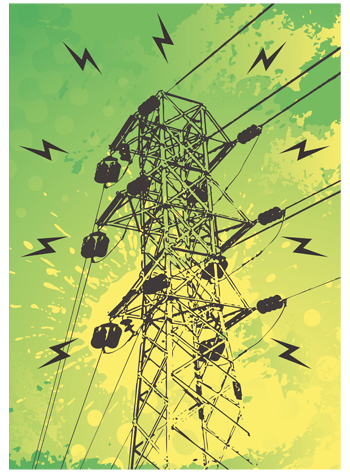 Managing the nation's infrastructure risk sounds like a subject for a textbook. As an author of textbooks, I think this is probably what ought to be started. However, the connection between managing risk and claims adjusting is so close that at least a few hints can be covered in a short series, of which this is the first.
Managing the nation's infrastructure risk sounds like a subject for a textbook. As an author of textbooks, I think this is probably what ought to be started. However, the connection between managing risk and claims adjusting is so close that at least a few hints can be covered in a short series, of which this is the first.
Risk refers to both direct and indirect loss (and the potential for loss). It is managed in two ways: First, there must be an established way to pay for both the prevention of loss and for any damages caused by loss. Second, and perhaps more importantly, the risk of loss must be controlled, either before loss occurs or after it has occurred. It is in the payment of any damages caused by loss, and the control of that damage, where the claims adjuster plays a crucial role.
There are very few infrastructure-related losses that are earth-shaking: the Chernobyl (Ukrainian/USSR) and Daiiachi Fukushima (Japan) nuclear power plant disasters in 1986 and 2011, respectively; the Bhopal, India, insecticide plant poisonous gas leak; the Exxon Valdez and BP oil spills. Such events are rare, and while adjusters were eventually involved in those, it was not on behalf of your everyday "good hands" neighbor insurance company.
Want to continue reading?
Become a Free PropertyCasualty360 Digital Reader
Your access to unlimited PropertyCasualty360 content isn’t changing.
Once you are an ALM digital member, you’ll receive:
- All PropertyCasualty360.com news coverage, best practices, and in-depth analysis.
- Educational webcasts, resources from industry leaders, and informative newsletters.
- Other award-winning websites including BenefitsPRO.com and ThinkAdvisor.com.
Already have an account? Sign In
© 2024 ALM Global, LLC, All Rights Reserved. Request academic re-use from www.copyright.com. All other uses, submit a request to [email protected]. For more information visit Asset & Logo Licensing.








